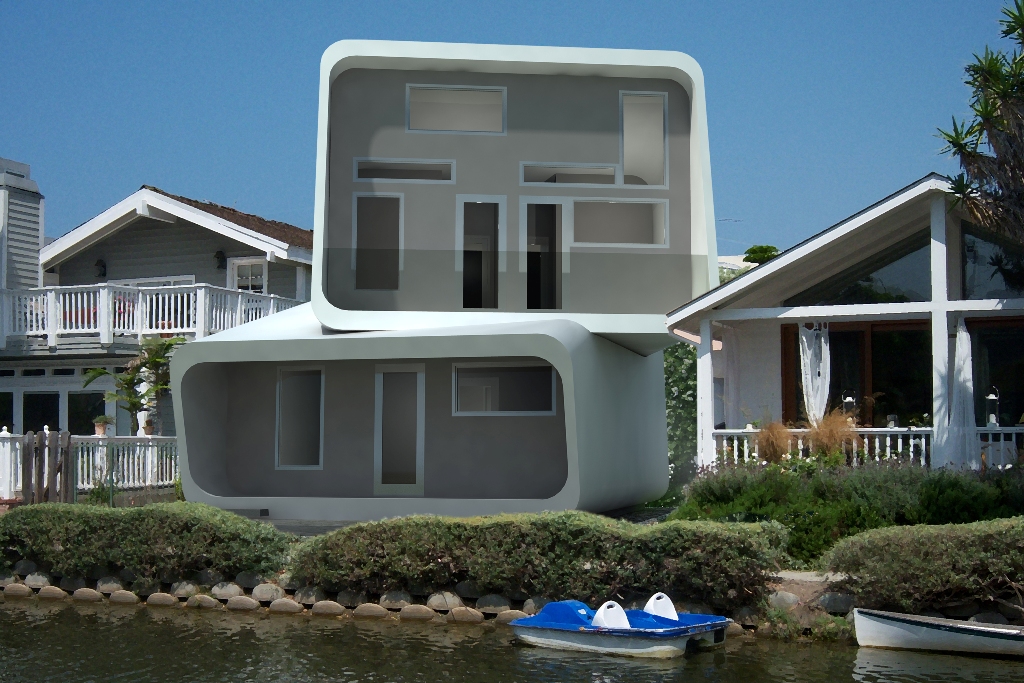
Facts About the Four Major Feng Shui House Types
AlexJones
- 0
- 1593
Classical feng shui students learn about the four major Container House types within the first few days of instruction. These houses are described in broad brush strokes. Two of the four are supportive for health and relationships and two are not. Two of the four are supportive for financial luck and the other two are not. But to place too much emphasis on these four categories of house types, is like judging a book by its cover or a painting by its frame.
In the 20th century, these four house types were given catchy descriptions, translated from more non-literal Chinese terms, whereby we have one house type that is now labeled “good for people/good for money” (aka Wang Shan Wang Shui). The exact opposite house type is referred to as “Reversed,” as in the reverse of the best house. Then there are the two mixed house types, with one being deemed “good for people/bad for money (Double Sitting) and the other one “good for money/bad for people” (Double Facing.)
In reality, we know that life is more complicated, and yet we all know someone who is wealthy, but unhealthy or wealthy but very unhappy. We also know of people who are strong physically and mentally, with loving family members and close friendships, but maybe chronic financial struggles.
So it is easy to assume that these four major house “personalities” cast their influence on the occupants to create these real discrepancies. In studying Xuan Kong Fei Xing, there are actually 144 different house charts, but these 144 “flying star charts” can all be grouped into the four major categories. These categories are determined based on when a house was built and what direction it is sitting or facing, so it is not like seeing a house with certain physical characteristics which would be so obvious.
One of the most frustrating things I encounter frequently is a prospective client who wants me to assist them in house hunting and they have heard about this “good for people/good for money” house and they only want to live in that house type and no others. This is a very myopic way to go house hunting since what qualifies as good Feng Shui overall is based on a lot of criteria which is not determined based solely on the house’s orientation or year built. In fact, there are so many instances when a floor plan lay-out is flawed, that it seriously undercuts or over-rides the nature of the so-called best house of these four major categories.
For example, I had one client whose house was deemed this “Wang Shan Wang Shui” (good for people/good for money house type.) Meanwhile, the actual floor plan demonstrated that the bedrooms, entrance and home office were in the worst parts of the house. To backtrack a little, it should be understood that no house on the planet has all inherently positive areas. On average, there are about four of the total eight basic directional zones in any structure that are considered better or worse than the others. Here is a specific example: For a house which was built in 1985 and facing south between 160-170 degrees, the best locations (in the flying star chart) will be in the northwest, north, northeast and east sectors. The other directions (west, southwest, southeast and south) are not as inherently positive in the current times for that particular house type.

